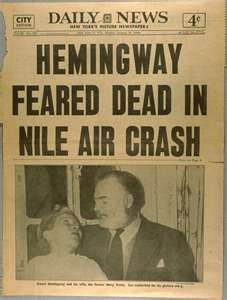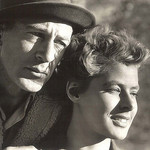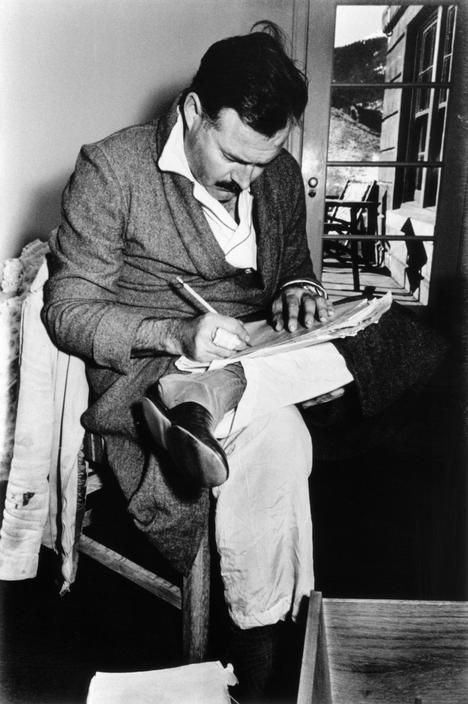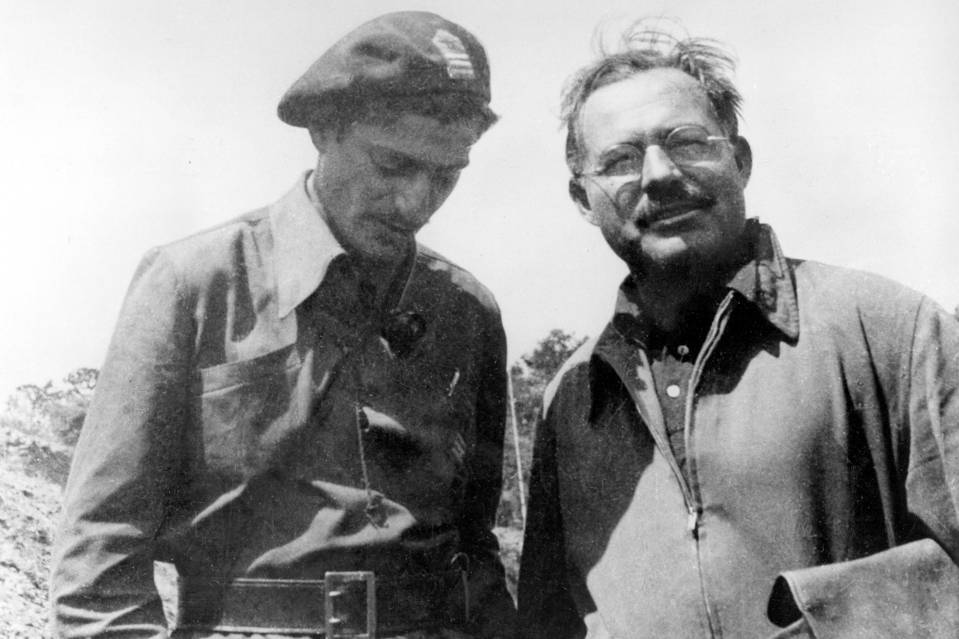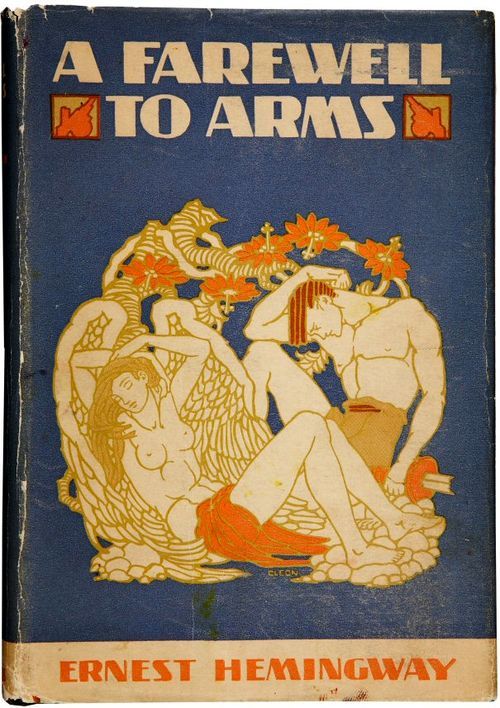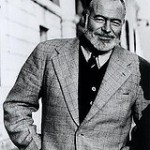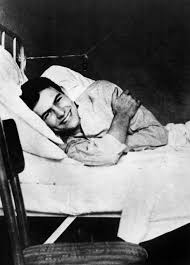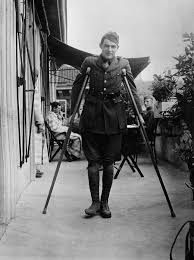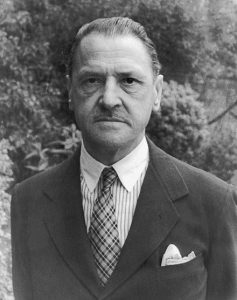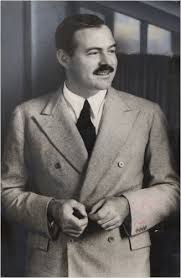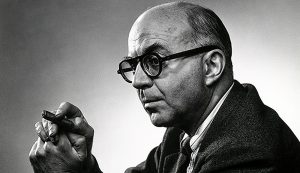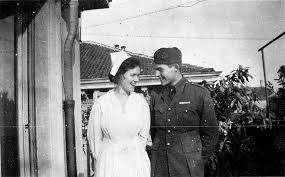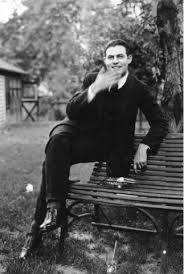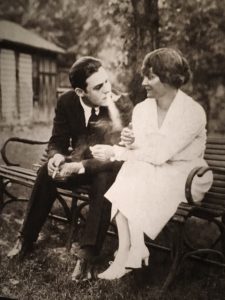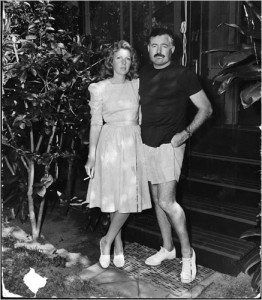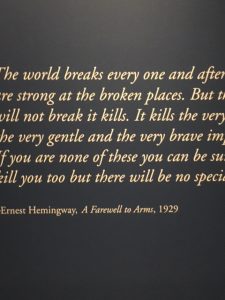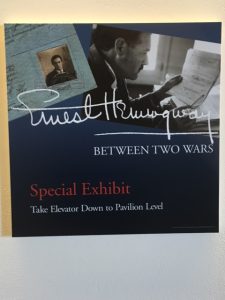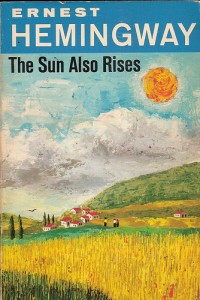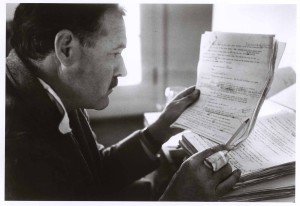Bonus (this is me, Christine.) A Farewell to Arms is being re-made into a movie. I’ll have to check out Tom Blyth as Frederic Henry
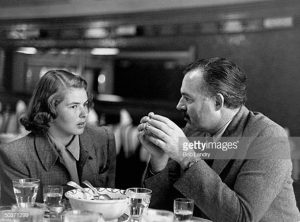
, I presume.
Ernest Hemingway Biography From Mary V. Dearborn Set For TV Series Adaptation Through Avatar Entertainment

EXCLUSIVE: The life of legendary author Ernest Hemingway is set to become a ten-part TV drama.
LA’s Avatar Entertainment has secured rights to Mary V. Dearborn‘s Ernest Hemingway: A Biography and was at MIPCOM this week shopping the project to buyers. Larry Robinson, Head of Avatar Entertainment, will exec produce the series.
Dearborn’s 750-page biography follows the author’s life from his middle-class childhood in Oak Park, Illinois, to his life as an ambulance driver in Italy during World War I, his career as a journalist in Chicago, his life among other preeminent authors in Paris and the establishment of Hemingway as the world’s most famous novelists. Gersh represents the Hemingway estate, but Dearborn’s book about the author’s life sit outside of that.
The biography, which has received praise from The Washington Post as “the most fully faceted portrait of Hemingway now available,” extensively chronicles his time in Spain during the Spanish Civil War, Cuba, Geneva, Kenya, Wyoming, Key West and the Normandy landing of World War II, and explores his Nobel Prize win of 1953, his four wives, multiple affairs and, ultimately, his suicide at his Idaho ranch.

Last year, we reported Michael Winterbottom has been putting together a remake of A Farewell to Arms alongside Fremantle, with the likes of Tom Blyth attached. The novel has previously been adapted to the big screen by Oscar-winning director Frank Borzage in 1932, with Cooper in the starring role opposite Helen Hayes, and then in 1957 by Charles Vidor and John Huston with Hudson co-starring opposite Jennifer Jones. Hamilton and Vanessa Redgrave reprised the roles in a UK mini-series adaptation in 1966.
“I see Mary V. Dearborn’s definitive biography of Hemingway to be the foundational IP for an awards-worthy, super-premium TV series that will attract major talent both in front and behind the camera,” said Robinson. “The way Hemingway lived was the personification of ‘larger than life’.”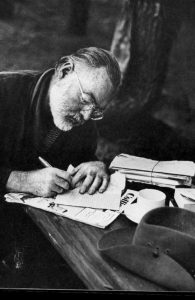
Avatar has become increasingly active in the book-to-screen business as demand for projects with established audiences grows. Robinson this year acquired rights to spy thriller Operation Kazan (Operacion Kazan) from Spanish journalist Vincente Vallés and had it set up at a major studio, though we understand that agreement is now over. He has also partnered with exec producer Stephanie Germain on a separate novel adaptation.
Mary Dearborn is represented by George Bouchard Agency and Robinson is represented by CAA.